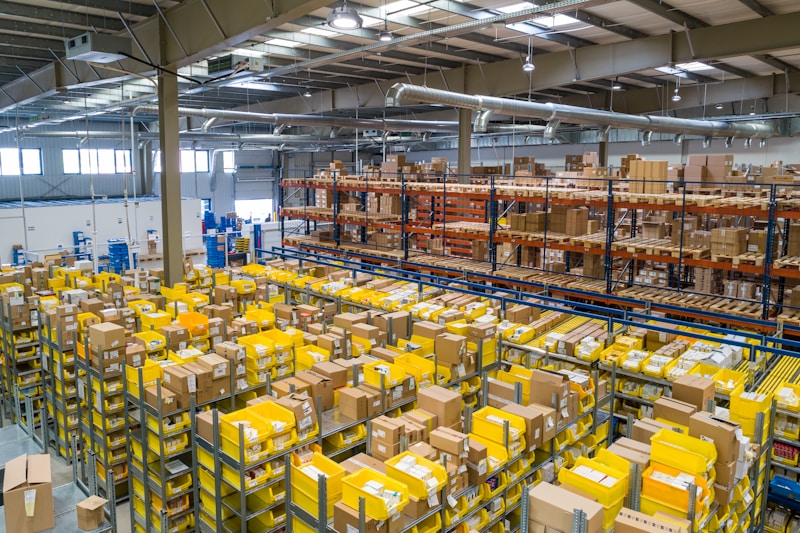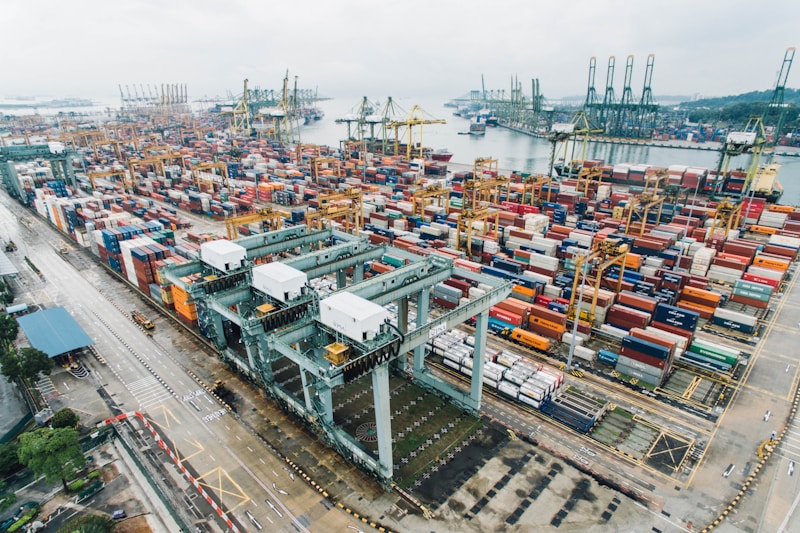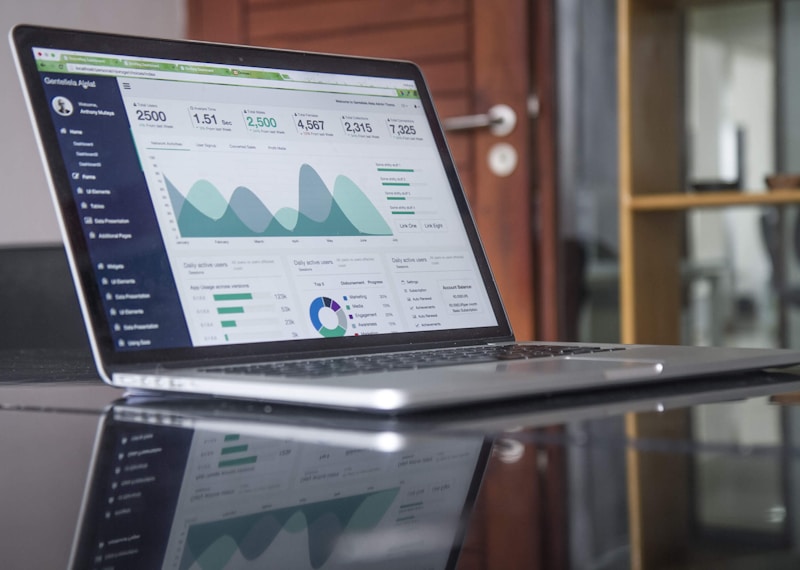In today's highly competitive business world, logistics is much more than the transportation of goods from one location to another. Logistics encompasses so much more than that regarding supply chain efficiency and customer satisfaction. While many firms are likely familiar with Third Party Logistics (3PL) and may even be aware of Fourth Party Logistics (4PL), the logistics model of Second Party Logistics (2PL) tends to be overlooked. However, 2PL is one of the most basic initial or pre-existing models in the logistics industry.
This article is going to take a closer look at Second Party Logistics (2PL), in terms of the definition, characteristics, benefits, conceptual differences from other models, and why businesses still use it as part of their operational foundations.


Second Party Logistics (2PL) refers to a service where transportation is handled by a carrier that owns and controls the vehicle, ship, plane, or rail moving the goods...
Understanding logistics levels is essential to see where Second Party Logistics (2PL) stands.
| Logistics Type | Description | Example |
|---|---|---|
| 1PL (First Party Logistics) | The company itself is responsible for transportation using its own vehicles | A farm uses its own trucks to take vegetables to market |
| 2PL (Second Party Logistics) | The company outsources transportation to carriers | Enlisting FedEx or Maersk to make shipments |
| 3PL (Third Party Logistics) | Provides comprehensive services: transportation, warehousing, inventory management, packaging, and distribution | Full-service logistics provider managing entire supply chain |
| 4PL (Fourth Party Logistics) | Integrator that coordinates and manages all aspects of the supply chain, typically engaging with 3PLs | Strategic supply chain partner managing multiple 3PL providers |
In short:
Carriers cost less than maintaining an in-house fleet and processing transport logistics.
Carriers specialize in freight; therefore, they do transportation better, faster, and more reliably.
Carriers provide more flexibility in shipping methods, e.g., truck, rail, air, or sea.
Business growth can easily be accommodated with increased scaling of shipments with multiple carriers, each a specialist.
Shipping lines and airlines can reach pretty much any destination around the world.
Although 2PL has advantages, it also falls short when compared to 3PL and 4PL:
Second Party Logistics (2PL) is appropriate when:

Select 2PL when:
Select 3PL when:
Even while 3PL and 4PL have become more popular, 2PL is still important because:
The future for 2PL is changing with new technology:
Some factors pose a challenge to 2PL; however, while the route may evolve, 2PL will still be a significant enabler of global trade.

Second Party Logistics (2PL) is still one of the most efficient and lower-cost options for businesses to consider globally. 2PL is focused on transportation services, providing companies with efficient ways to distribute products in domestic and international markets without the company's capital tied up in fleets.
2PL ultimately has limitations to a service provider as compared to 3PL and 4PL providers, but 2PL is the actual ground-level method of doing business logistics. Daily, firms conduct all forms of transportation: truckload, less than truckload, intermodal, air, or ocean. 2PL service providers keep the supply chains active while moving goods and materials.
While 2PL may not lead to cost/efficiency as a business has to warehouse/distribute products, there is still the ability to see the freight door as the go-to method.
At SKL Group, we speak from experience and a core knowledge base to support businesses with dependable and trusted logistics and services that ultimately form a long-term partnership and supply chain that embraces trust, efficiencies, and functionality.